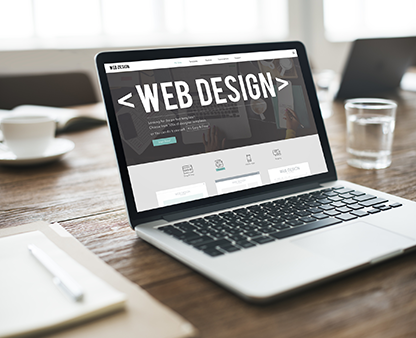Stay updated with the latest web development insights, trends, and expert opinions through ASDEV Tech's informative blogs.
A website’s design plays a crucial role in effectively conveying its intended message and engaging visitors. Several elements, including consistency, color schemes, typography, imagery, simplicity, and functionality, contribute to achieving a good website design.
When embarking on website design, it is important to consider various key factors that influence its perception. A well-crafted design not only establishes trust but also guides visitors towards desired actions. Creating an exceptional user experience entails optimizing the website’s design for both aesthetics and usability, ensuring it is visually appealing and easy to navigate.
Design is not just what it looks like and feels like. Design is how it works.
Steve Jobs
Outlined below are some guidelines to assist you in your next web project, enabling you to create a successful website design that resonates with your audience.
Clear and Purposeful User Interface
The user interface (UI) is the bridge between a website and its visitors. It is crucial to design an interface that is intuitive, user-friendly, and visually pleasing. Ensure that key elements such as navigation menus, buttons, and forms are easily identifiable and accessible. Consistent placement and clear labeling of interactive elements enhance user experience and facilitate seamless navigation.
Compelling Visual Design
Visual design plays a vital role in capturing users’ attention and creating a positive first impression. Choose a color scheme that aligns with your brand identity and evokes the desired emotions. Utilize high-quality imagery and graphics that are relevant to your content. Thoughtful use of whitespace and a balanced layout contribute to a clean and professional aesthetic.
Responsive and Mobile-Friendly Design
With the increasing use of mobile devices, responsive design is no longer optional but necessary. A responsive website adapts to various screen sizes, ensuring optimal viewing and interaction across devices. Mobile-friendly design enhances user experience, reduces bounce rates, and improves search engine rankings. Prioritize responsive design to cater to the growing mobile audience.
Engaging and Relevant Content
Compelling content is the backbone of an effective website. Craft clear and concise copy that communicates your message effectively. Use headlines, subheadings, and bullet points to make the content scannable and easy to digest. Incorporate multimedia elements, such as videos and infographics, to engage users and enhance information delivery.
Fast Loading Speed
In today’s fast-paced digital world, users have little patience for slow-loading websites. Optimizing page load times is crucial for user satisfaction and retention. Compress images, minify code, and leverage browser caching to improve loading speed. Regularly monitor and optimize your website’s performance to ensure a smooth and efficient user experience.
User-Focused Accessibility
Make your website accessible to users of all abilities. Ensure that your website adheres to accessibility standards, including proper use of alt text for images, sufficient color contrast, and keyboard navigation compatibility. By prioritizing accessibility, you expand your reach to a broader audience and demonstrate a commitment to inclusivity.
Conclusion
Designing an effective website involves a thoughtful combination of visual appeal, user-friendly navigation, engaging content, and clear calls-to-action. By incorporating these key elements and adhering to best practices, you can create a website that not only attracts and retains visitors but also drives meaningful interactions and conversions. Regularly evaluate and optimize your website’s design based on user feedback and evolving industry trends to stay ahead in the competitive online landscape.

